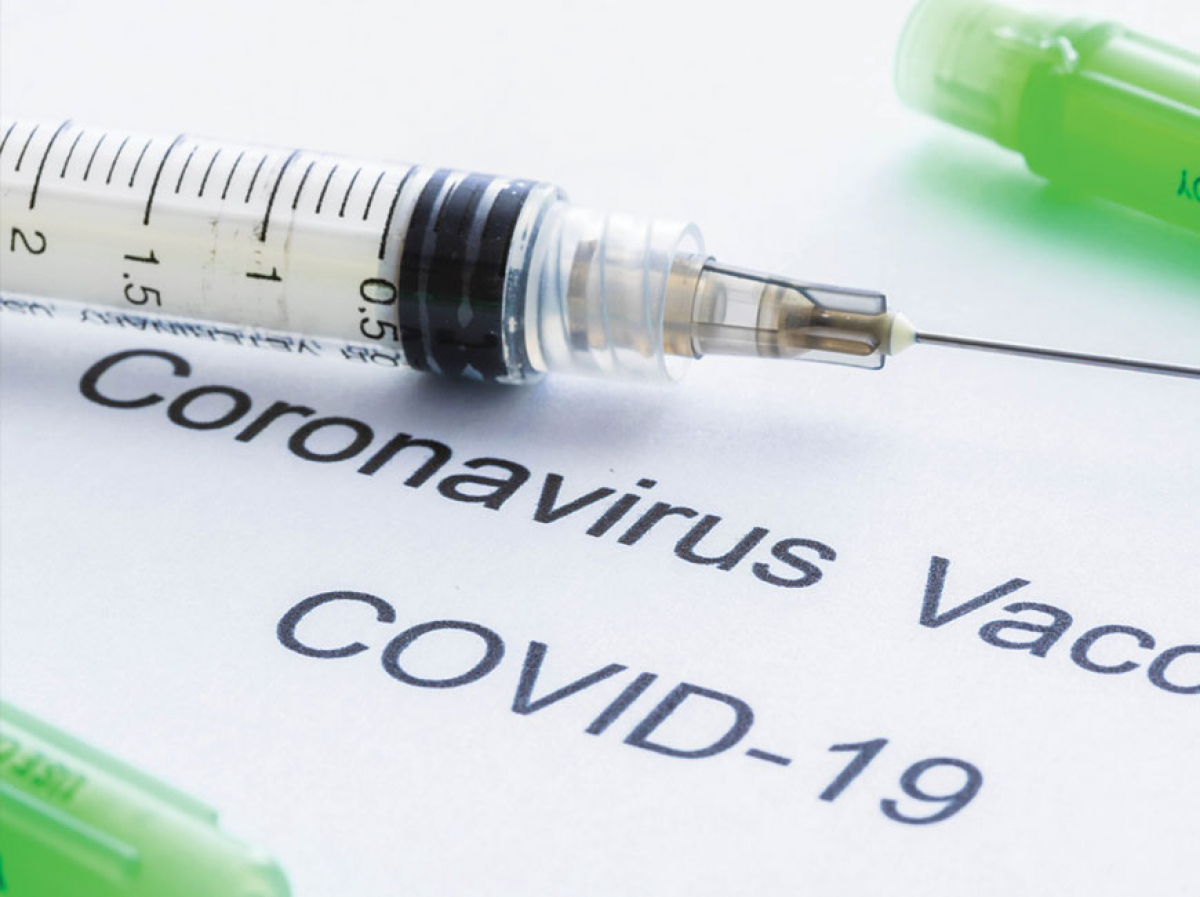A cautionary tale of Covid’s resilience

Last week I was among five friends on an outdoor excursion. It was a lovely early fall day, the river was at a fun level, and the scenery was stunningly beautiful. Everyone was paddling well and negotiating the rapids splendidly. We ate lunch sitting on comfortably arranged boulders on a riverside beach. The day ended on a fun rapid. We hiked our boats out on a short but steep trail. It was a marvelous day with a wonderful group of friends. What’s not to love about that?
The next day one of our group emailed everyone to say their COVID test had returned positive that morning. A scratchy throat and a mild runny nose the day of our trip seemed just like allergies. But because they had just returned from a two-week-long trip, it was thought best to make sure.
One person in the group that day shuttled to and from the river in the same car — an hour each way. All but one shuttled in the same vehicle back to the put in, windows up on a windy, dusty gravel road for the 20-minute ride.
Within two days, two of them developed “viral” type symptoms and tested positive for COVID, all people who have done their best not to find out how their immune systems would respond to this infection. Some in the group are high risk by age or other health conditions.
Some were quite upset about this exposure. After all, they had been very vigilant throughout the pandemic and had avoided illness.
So how did this happen? After all, everyone was outdoors and outdoors is safe, right? It’s much harder to generate a concentration of virus enough to transmit the virus when the wind is blowing around. But 20 minutes in a vehicle with the windows up and nobody wearing a mask was enough. An hour both ways in a vehicle with the windows up and nobody wearing a mask was enough.
Related Items
This is a reminder that this pesky virus in its current more contagious form is still with us and is still quite formidable. In fact, one out of every five new reported infections is actually someone getting infected again. It reminds us that there are some among us who really can’t afford to get COVID. And it is a reminder that even with vaccination and boosting providing protection, there remains a risk of contracting COVID, albeit a smaller risk of getting infected (14 times less risk of that infection progressing to the sort of bad outcomes some not vaccinated have experienced. If vaccinated but not boosted, your risk is 3 times higher compared with those vaccinated and boosted. Boosted twice reduces that risk even more than boosted once.)
It is a reminder that recognizing high-risk situations and adding mitigating layers of protection in those high-risk environments remains important to avoid getting sick. It reminds us that when we have been in such a place, it’s important to recognize the potential to have been infected and take measures to guarantee we are not, so as not to put others at risk. (Don’t forget that a person is contagious two days before they get symptoms.) And it is a reminder that what seems like the same symptoms you’ve had before, like with allergies, may not be the same.
There is nothing new in these reminders. They have applied throughout the entire pandemic. What is new is that we hear less and less about what’s going on. But as this tale reminds us, out of sight, out of mind does not equate to out of risk. There are some things that have not changed.
Now I know there are those who, even if they read this, will dismiss this as the ramblings of a paranoid person scared of the world. They may even want to believe this is a made-up story to scare others. But I also know there are those of you who have had similar experiences yourself or with loved ones. And most of the time it worked out OK, but there are many among us for whom that experience did not end well. Those who want to dismiss this story must also dismiss these real-life experiences.
The real lesson here is not to be scared. Instead, be aware and be careful. That member of our group feels terrible about what has unfolded. But honestly, that day we all let our guard down somewhat. The time to be careful is before the exposure. Anticipate the potential and act accordingly. That’s the reminder for me.
Western North Carolina has been in the red zone with high case transmission all summer, especially remarkable given the degree of under reporting. The virus only cares about finding the next person it can infect. On this day, it found a couple more.
(Dr. Mark Jaben is the medical director for Haywood County Health and Humans Services Department. This email address is being protected from spambots. You need JavaScript enabled to view it.)









